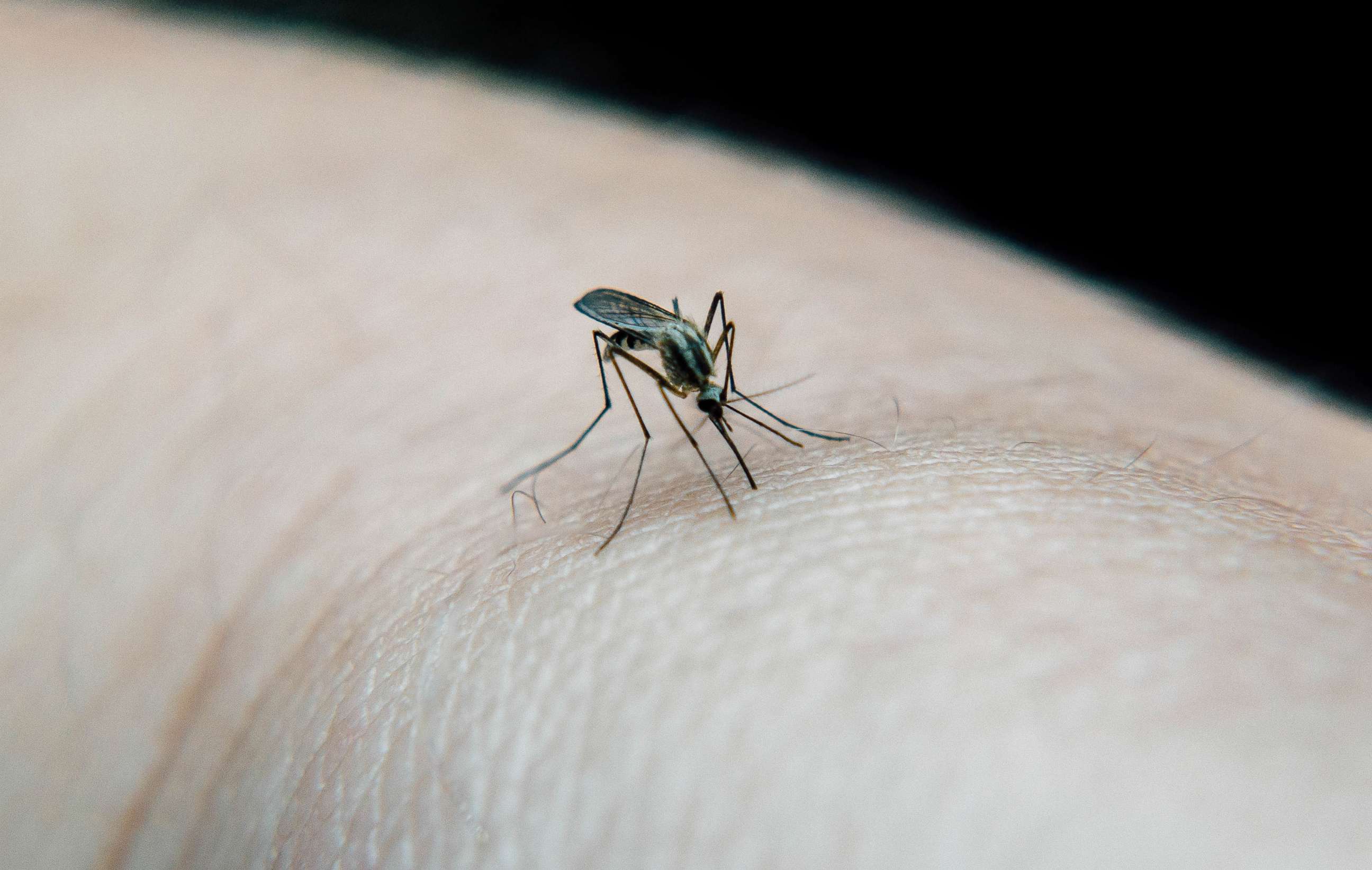What you need to know about the deadly mosquito-borne illness Eastern equine encephalitis
One person in Massachusetts has died this year from the disease.
A rare, potentially deadly mosquito-transmitted illness called Eastern equine encephalitis has been reported in at least three states.
There have been four recorded cases in Massachusetts, including one case in which the person died, while there have been three suspected cases in Michigan.
Cases involving animals have been reported in Florida.
In an interview with ABC News, Dr. Todd Ellerin, director of Infectious Diseases and vice chair Department of Medicine at South Shore Health in Massachusetts, explained that EEE "is the most deadly of all the mosquito-born viral brain infections, aka encephalitides." However, EEE remains very rare and most people who get it never develop symptoms.

Here’s what else you need to know about Eastern equine encephalitis:
What is the EEE?
The Eastern equine encephalitis virus is transmitted by mosquitoes, and can affect humans, horses and birds, according to the Centers for Disease Control. The virus and its associated illnesses have been tracked for the past 40 years. Serious cases of EEE that send patients to the doctor typically occur in states with warm, marshy conditions, including the Atlantic seaboard and Gulf Coast states.
What are the symptoms?
Infection with the EEE virus can lead to two different types of symptoms. More commonly, infection with the EEE virus will cause a flu-like illness, including chills, fatigue and joint and muscle pains. These symptoms can last one to two weeks, with expected complete recovery without neurologic involvement. Approximately 5% of those infected with the EEE virus will go on to develop a serious group of symptoms called Eastern equine encephalitis. Encephalitis means inflammation of the brain, and can present with fever, headache, drowsiness, vomiting and coma. Of the 5% who develop serious symptoms, "one-third of people die from this and a substantial number of the survivors have permanent neurologic damage," according to Ellerin.
Are there more cases now than before?
Infections can occur year round, but peak incidence is typically August to September. In the last five years, five to eight cases of serious EEE have been reported per year. So far this year, there have been four confirmed cases in Massachusetts and three suspected cases in Michigan. Previous outbreak years include 2004 to 2006 and 2010 to 2012. More than 25 people developed encephalitis from 2010 to 2012.
Can it be treated?
"There is no cure for [EEE] so treatment is supportive [meaning monitoring and adjusting care]," says Ellerin. "The extremes of age tend to have the worst prognosis. Aggressive [intensive care unit] support can improve outcomes."
There is no human vaccine for the EEE virus, but there is a vaccine for horses. Testing for the virus typically requires obtaining blood and fluid from around the spinal cord. There is no known curative anti-viral medication for this virus.
What’s being done about it?
Currently, there is increased publicity from state public health departments about EEE to make sure people protect themselves. In high-risk communities with marshy environments, states have initiated aerial mosquito spraying with insecticides. This spraying will reduce but not eliminate risks of transmitting the EEE virus. In response to the recent cases in Massachusetts, the state has initiated spraying Anvil, a pesticide that has no known health risks, according to the Massachusetts Department of Public Health.
How can you protect yourself from infection with the EEE virus?
"The most important measures are avoiding mosquito bites through mosquito repellents like Deet or oil of lemon eucalyptus, wearing long sleeve clothing and following local surveillance to know if [EEE] infected mosquitoes are close by," Ellerin says.
Notably, insect repellents should not be used on infants under 2 months. OLE and PMD cannot be applied to children under 3 years.
Dr. Sejal Parekh is a pediatrician from San Diego, working with the ABC News Medical Unit.



